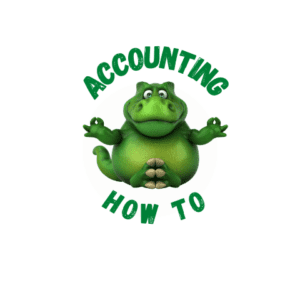Accounting How To: How to Pass Accounting Class!
Recent Posts
Nonprofits allocate fundraising expenses to ensure accurate financial reporting and transparent communication about the costs associated with raising funds to support their mission. Allocating...
Nonprofit program expenses refer to the costs directly associated with the delivery of an organization's programs and services aimed at achieving its mission and goals. These expenses are incurred in...
Nonprofits handle audits as a critical component of their financial management and accountability practices. An audit is an independent examination of an organization's financial statements, internal...
Nonprofit grant reporting is the process of providing detailed and accurate information to grant-making organizations or funders about how grant funds are being used and the impact achieved by the...
Nonprofit financial statements are formal documents that provide a comprehensive overview of an organization's financial performance, position, and cash flows. These statements are essential tools...
Nonprofit budgeting is the process of planning and allocating financial resources to achieve an organization's mission and strategic objectives. A well-structured budget serves as a roadmap for...
